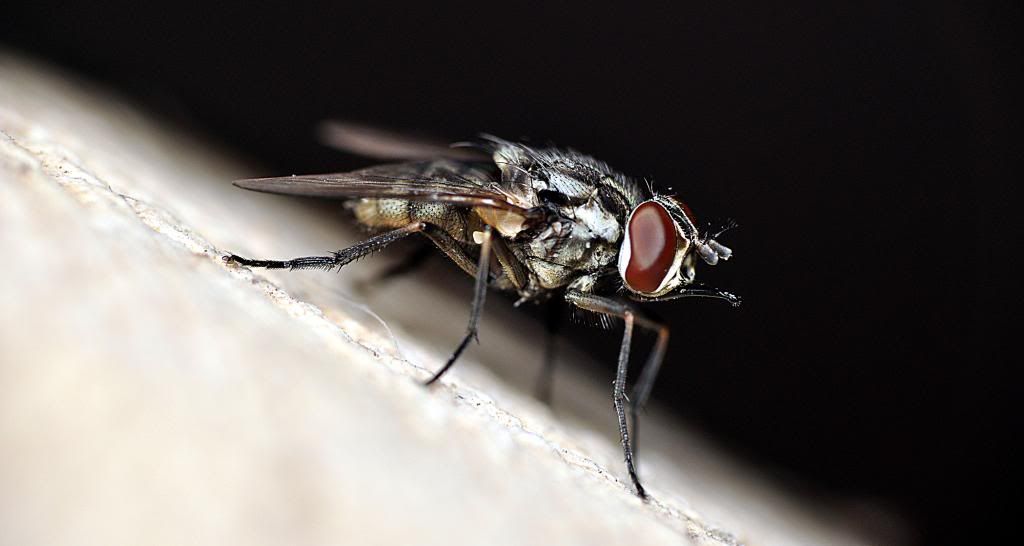Oh great and wise forum,
I've been reading up on macro photography and fancy giving it a try. I have a decent selection of zoom lenses at the moment but don't want to splash out on a dedicated macro lens if I don't follow through.
So the two cheapest options currently on the table are in dollar order: A reverse adaptor to make use of the lenses I currently have, and a set of macro filters to add to the lenses. I suppose a third option is both of these at the same time, but I wanted to ask opinions and see if anyone out there had tried either option.
I currently own a 2 x teleconvertor which gives passable results in some conditions but can give the image an almost dreamlike feeling in others.
Bonus question, at what point does "macro" start? Most of the wonderful examples on the forum are very detailed shots of very small creatures which seem an impossible task at the moment.
I look forward to your comments.







 Thanks useful information:
Thanks useful information: 


 Reply With Quote
Reply With Quote Add To Bookmarks
Add To Bookmarks
 granted it was in the early days so it's not a wonderful shot but you can see what you'll be able to work on as i have
granted it was in the early days so it's not a wonderful shot but you can see what you'll be able to work on as i have 
 Threadstarter
Threadstarter









 Nikon D810: D600 (Astro Modded): D7200 and 'stuff', lots of 'stuff'
Nikon D810: D600 (Astro Modded): D7200 and 'stuff', lots of 'stuff' 


